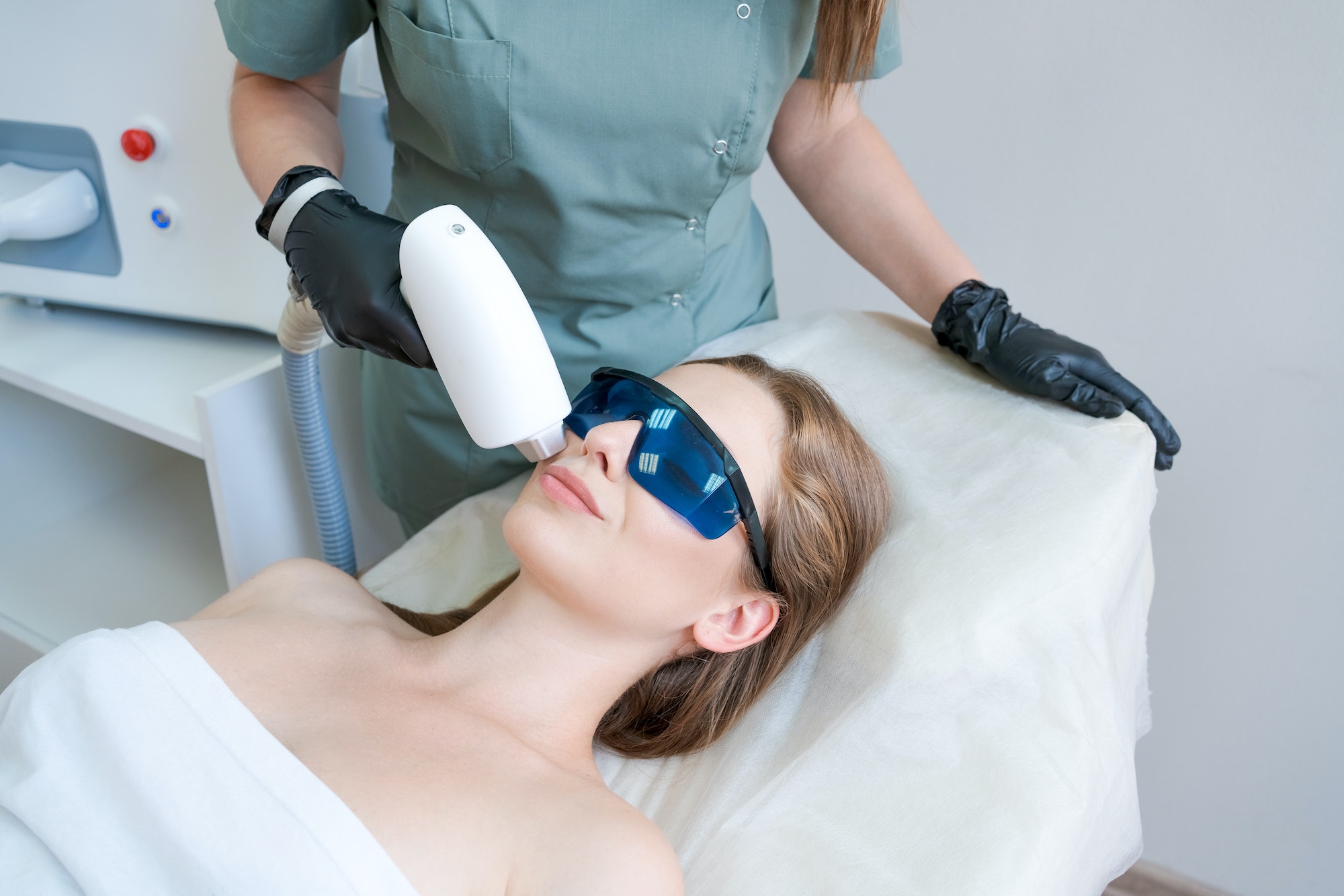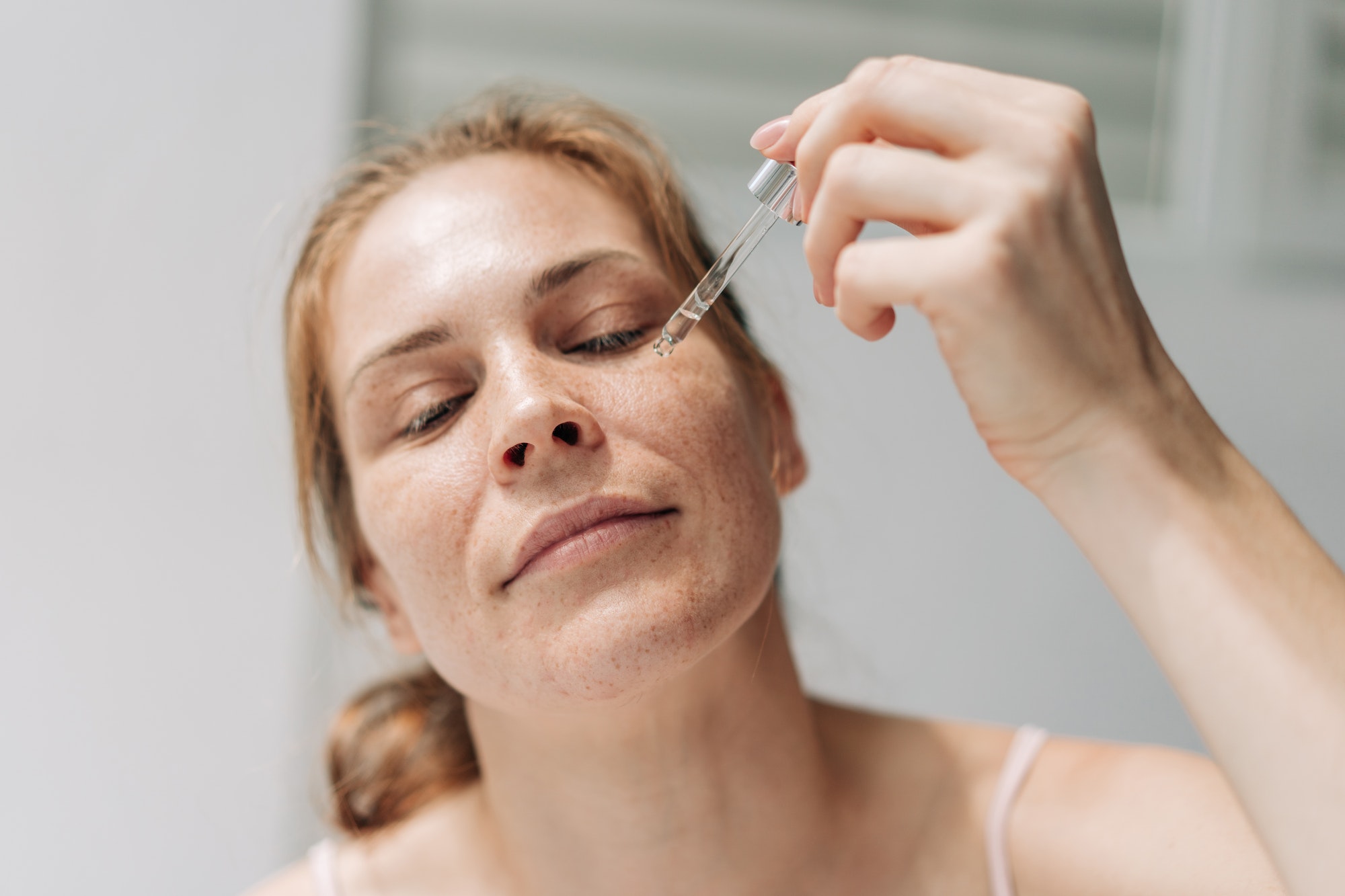Chemical Peel
The Science Behind Chemical Peels
A skin peel uses a chemical agent to exfoliate outer skin layers and stimulate cell turnover, revealing fresh, radiant skin. It’s ideal for revitalizing tired, dull skin and treating acne, sun damage, pigmentation, fine lines, wrinkles, and scarring.
Chemical peels are used to treat wrinkles, discolored skin and scars — usually on the face. They can be done alone or combined with other cosmetic procedures. And they can be done at different depths, from light to deep. Deeper chemical peels offer more-dramatic results but also take longer to recover from.



How is it administered?
After a full consultation, assessment, and diagnosis, the appropriate peel is prescribed based on your skin type and concerns. The skin is cleansed and prepared before applying the peel, which stays on for 5-15 minutes depending on the type. Afterward, the peel is washed off, and the skin is moisturized and protected with a broad-spectrum SPF.
- Which peel is right for me?
We offer a variety of peels to suit your individual skin concerns and desired results. Superficial peels are a no-downtime approach for quick results, while deeper peels can give a more dramatic transformation, but with a little downtime involved. We offer a range of fabulous professional peels from top brands, chosen for great results.
- Are there any risks or side effects?
A light chemical peel improves skin texture and tone and lessens the appearance of fine wrinkles. The results are subtle but increase with repeated treatments. If you have a medium chemical peel, treated skin will be noticeably smoother. After a deep chemical peel, you’ll see a dramatic improvement in the look and feel of treated areas. Results may not be permanent. Over time, age and new sun damage can lead to new lines and skin color changes.
With all peels, the new skin is temporarily more sensitive to the sun. Talk with your doctor about how long to protect your skin from the sun.

